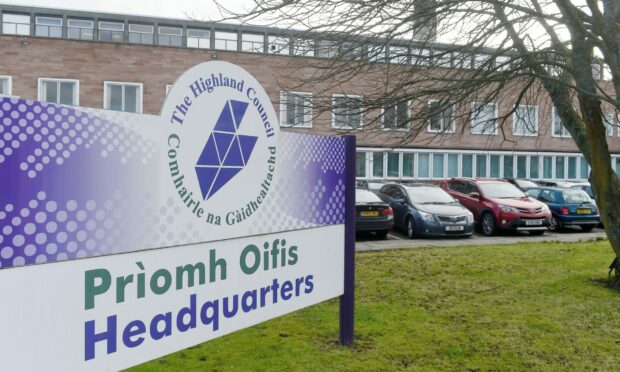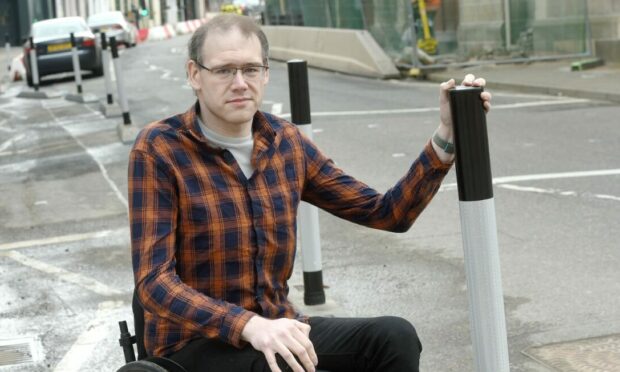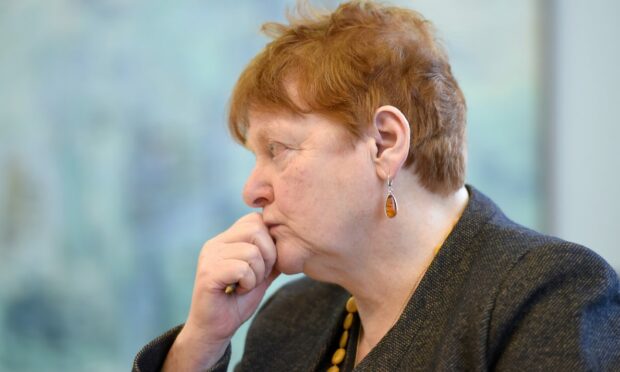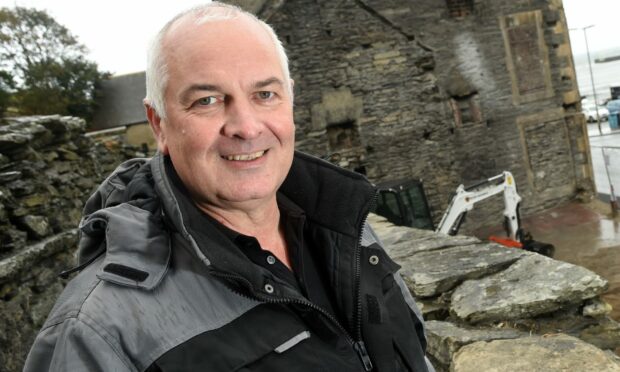Highland councillors are preparing for a marathon full council meeting today with a staggering 43 questions submitted to Question Time.
Questioning administrations is a well-used feature of democratic traditions, with Boris Johnson and Nicola Sturgeon regularly facing the music.
Highland Council has a regular slot for political leaders to face questions from members.
Yet Question Time has exploded this political term, going from a handful of questions in 2017 to 43 on today’s agenda.
This growing part of the agenda can mean council meetings now frequently stretch across two days.
Who is asking the questions?
So why are opposition parties increasingly turning to Question Time as a means of flagging up issues?
And more importantly, is it effective?
In June 2019, the council’s deputy leader Alasdair Christie brought a successful motion to allow the public to ask questions.
As such, today’s meeting includes a query from Mr D Mackenzie about the Spaces for People measures on Academy Street, Inverness.
Dozens of questions will then follow from councillors, including 14 from the SNP group.
However, more than half come from the 10-strong Conservative and Unionist group. Its leader, Councillor Andrew Jarvie, has personally submitted eight questions.
He believes Question Time is an essential part of the meeting.
“Question Time has been a long-established part of council proceedings.
“For members of the opposition who do not have the luxury of time with senior officers, like the ruling members do, it has always been an essential part of the day”, he said.
What has changed?
The first substantive meeting of the political terms post-election, on 29 June 2017, brought just three questions to council.
That number slowly increased, peaking at 15 in the latter half of 2020.
The council was then in the grip of the pandemic and operating under emergency measures, with a skeleton staff of executives and senior members.
The opposition claims the administration was operating in secret.
“Covid has been increasingly used as a convenient excuse for why we have not received replies or information,” says Mr Jarvie.
“There is also the core point that matters and concerns which are raised by residents with councillors should be in the public space as much as possible.
“The volume of questions merely reflects the volume of queries we all receive from the public and this council should not demean the very serious issues before us.”
Council leader Margaret Davidson will personally answer 22 of the 43 questions today.
She is “astonished” at the volume of questions coming forward and refutes claims the council is not operating in a transparent manner.
“Many of the questions have been answered before, often more than once.
An important part of the council agenda
“I have no problem with answering questions. But it would be good if they were genuinely seeking answers, and less about seeking headlines.”
Councillor Raymond Bremner, leader of the opposition SNP party, also feels there is a balance to strike between public accountability and “political posturing”.
“Question Time is an important part of council’s agenda,” he said.
“I see it as an opportunity to raise questions that have not been satisfactorily answered by other means within council.
“Where an answer committed to previously has not been acted on, or where it is important to ensure an answer to a question is heard in the public domain.”
He added: “At this level of local government, I see it more to do with the representation of our local communities and less to do with political posturing.”
Council convenor Bill Lobban would not be drawn on whether it was time to cap the number of questions.
Mr Lobban abstains from any votes regarding the operation of the council.
“I’m just there to interpret members’ decisions,” he said. “It is important that the ability of members to question the leaders of the council administration is retained.”
However, he added: “I do feel that it does tend to diminish the impact of some of the serious issues members wish to highlight.”
Related stories



